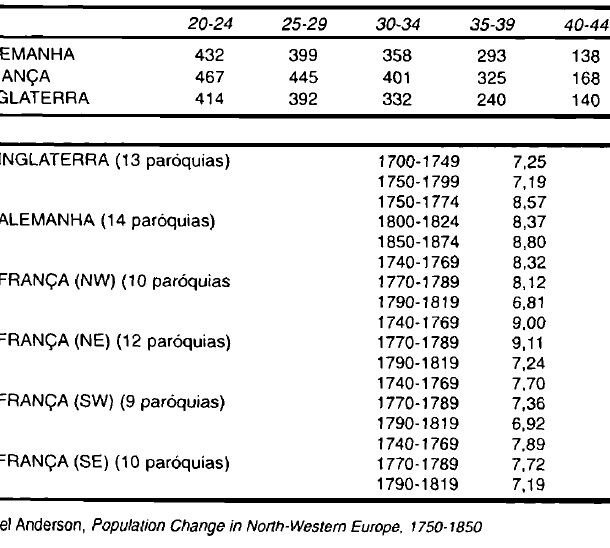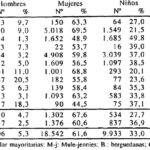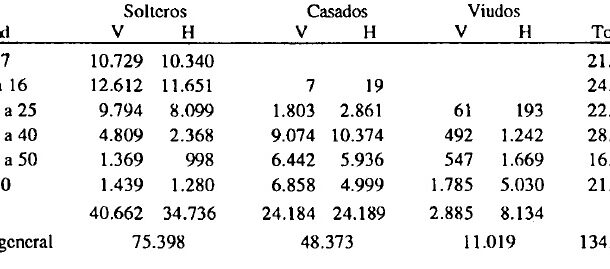
In the wool-producing villages of central Catalonia, the importance of women’s work was very significant. In 1763, in Sallent, 14 women and five men were needed to run a loom. In Castellterçol, wool provided work for 2,300 people, 2,030 of whom were women. Based on the looms declared in the comarca of Bages and the women needed to run them, according to data from the Floridablanca Census, 57.3% and 86% of the women were involved in spinning. Thanks to various reports at the end of the 18th century, many productive activities – both in craft and agricultural areas – were carried out by women, whose labour force could grow and shrink depending on the demand for products. However, the mechanisation of cotton spinning and weaving was significantly reduced by eliminating the manual spinning that took up more labour. Madoz, in his Diccionario, provides a series of data on the textile industry in 1842, giving information on the sex of the workers. Women were in the majority in cotton spinning in Catalonia (61.6%), followed by children of both sexes (33%) and the marginal role of men (5.3%). However, it does not seem that each spinner worked at home and reproduced a proto-industrial model, but rather that the manufacturers tended to concentrate a few machines on the premises: the berguedanas.
Collection: Statistics
Project: 3. Rural world and urban world in the formation of the European identity., 4. Family, daily life and social inequality in Europe.
Chronology: XVIII, XIX
Scope: Secondary Education, Baccalaureate, University
Link: https://www.adeh.org/revista/1994,%202-3/Ll%20Ferrer,%20XII,%202-3,%201994,%20pp%20199-232.pdf
Resource type: Statistics
Format: Table
Source: Ferrer i alòs, Llorenç, «Notas sobre la familia y el trabajo de la mujer en la Cataluña Central (siglos XVIII–XX)», Revista de Demografía Histórica, vol. 12, nº2 1994, pp. 199–232.
Language: Spanish
Date: 1994
Owner: Álvaro Romero González (Modernalia)
Copyright: © Llorenç Ferrer i Alòs © Revista de Demografía Histórica
Abstract: Labour force in cotton spinning in Catalonia in 1842 based on the differentiation between men and women
Image
Tags








